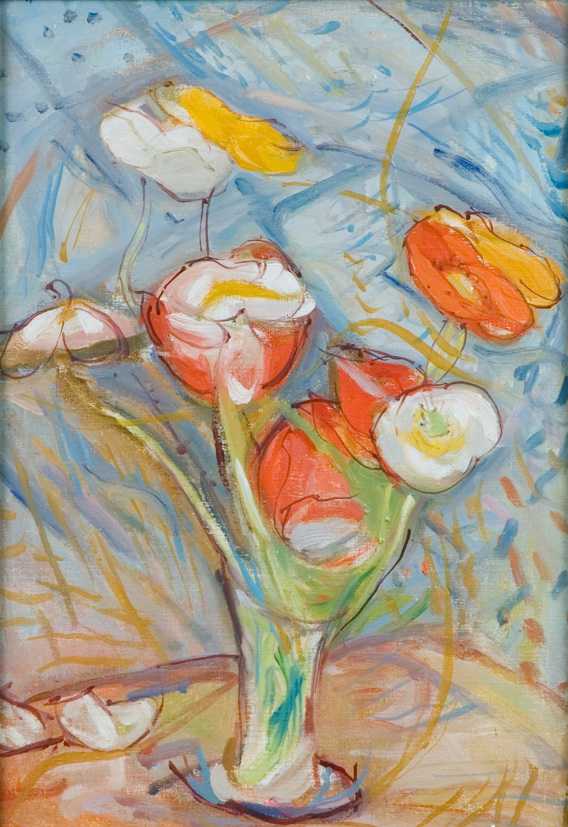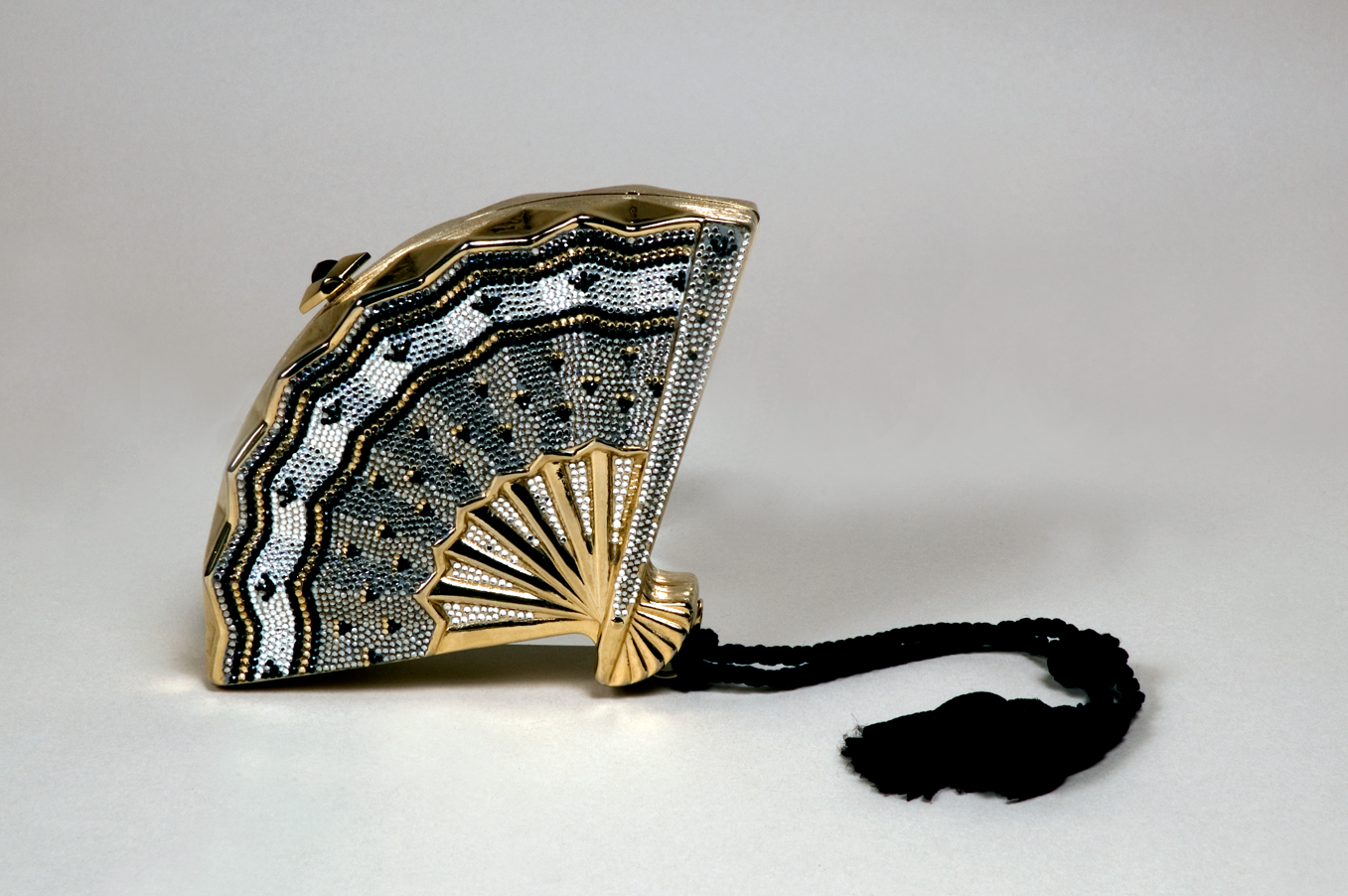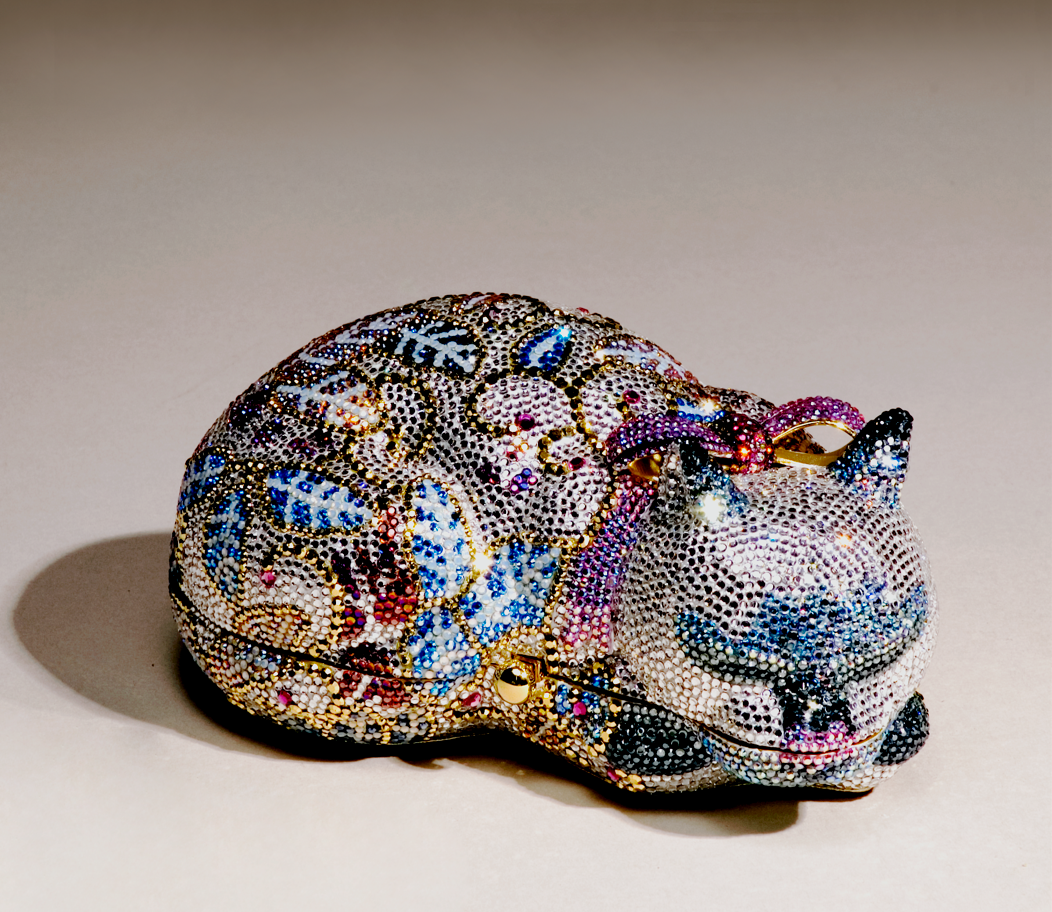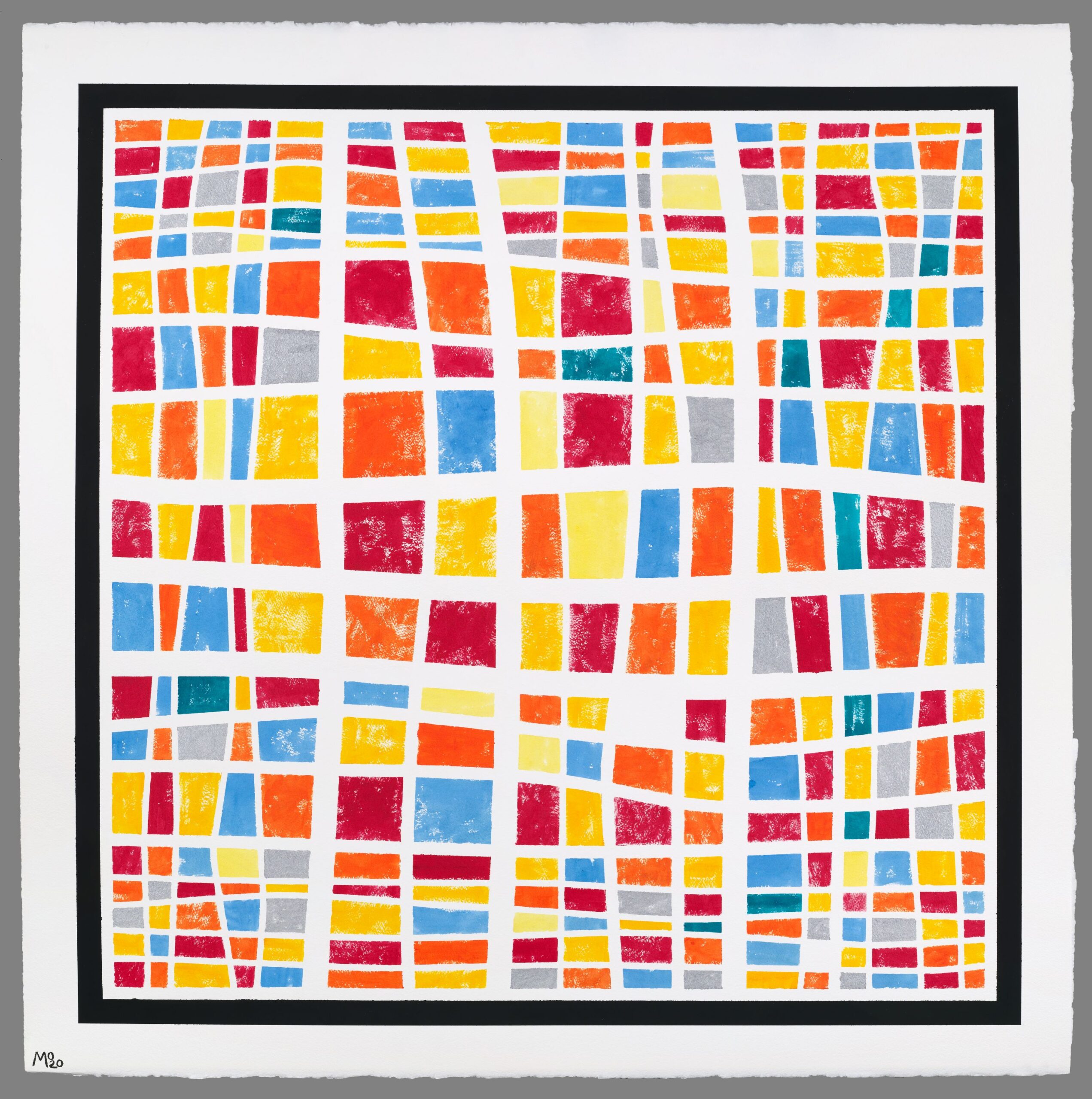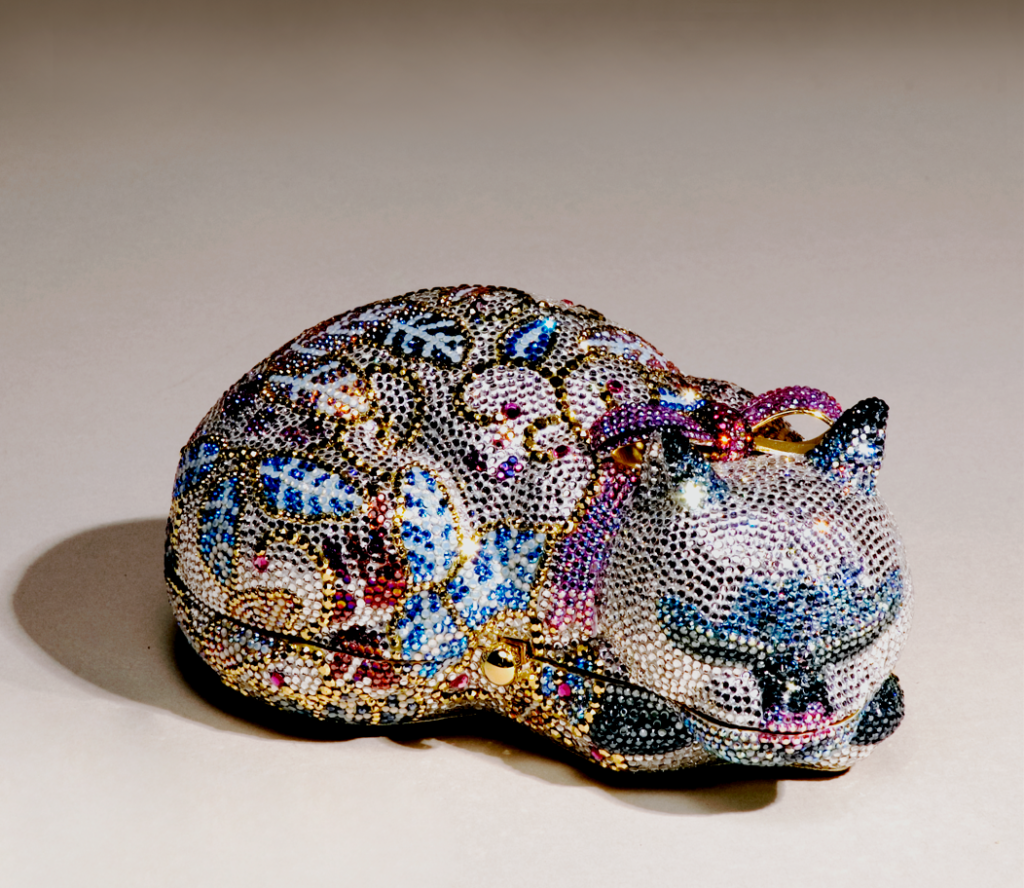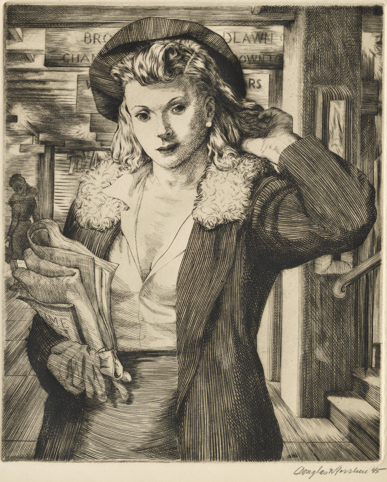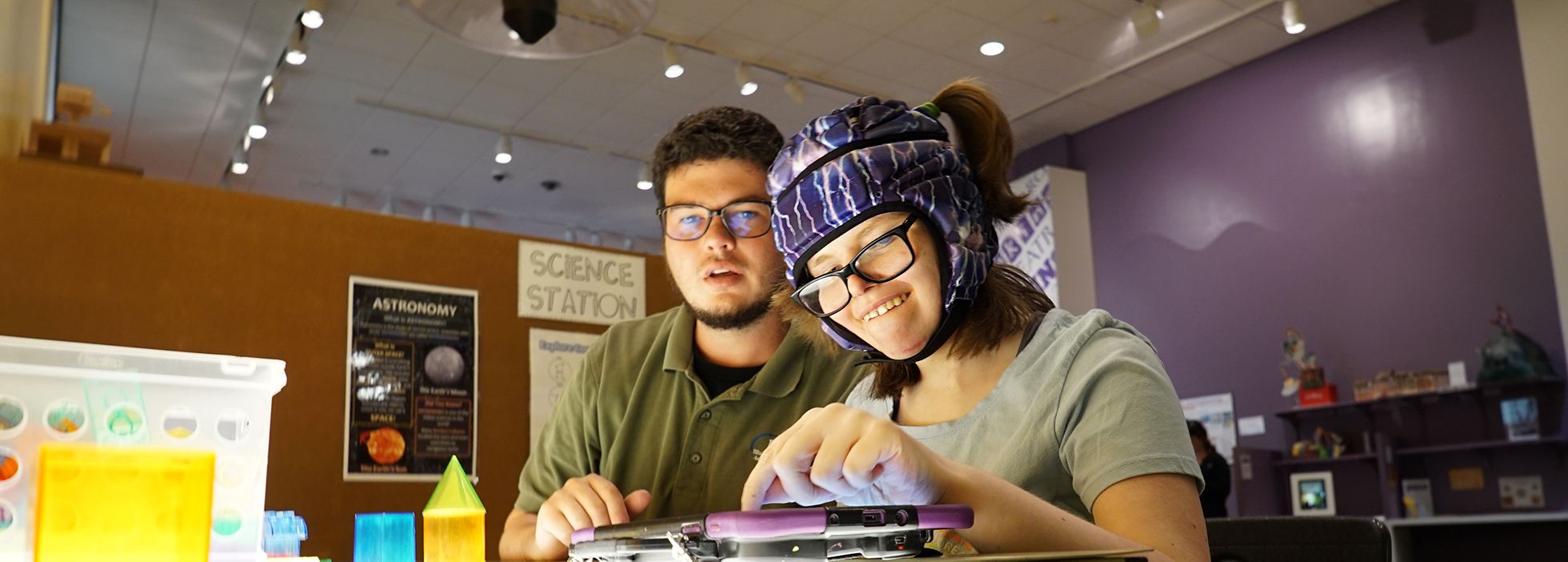
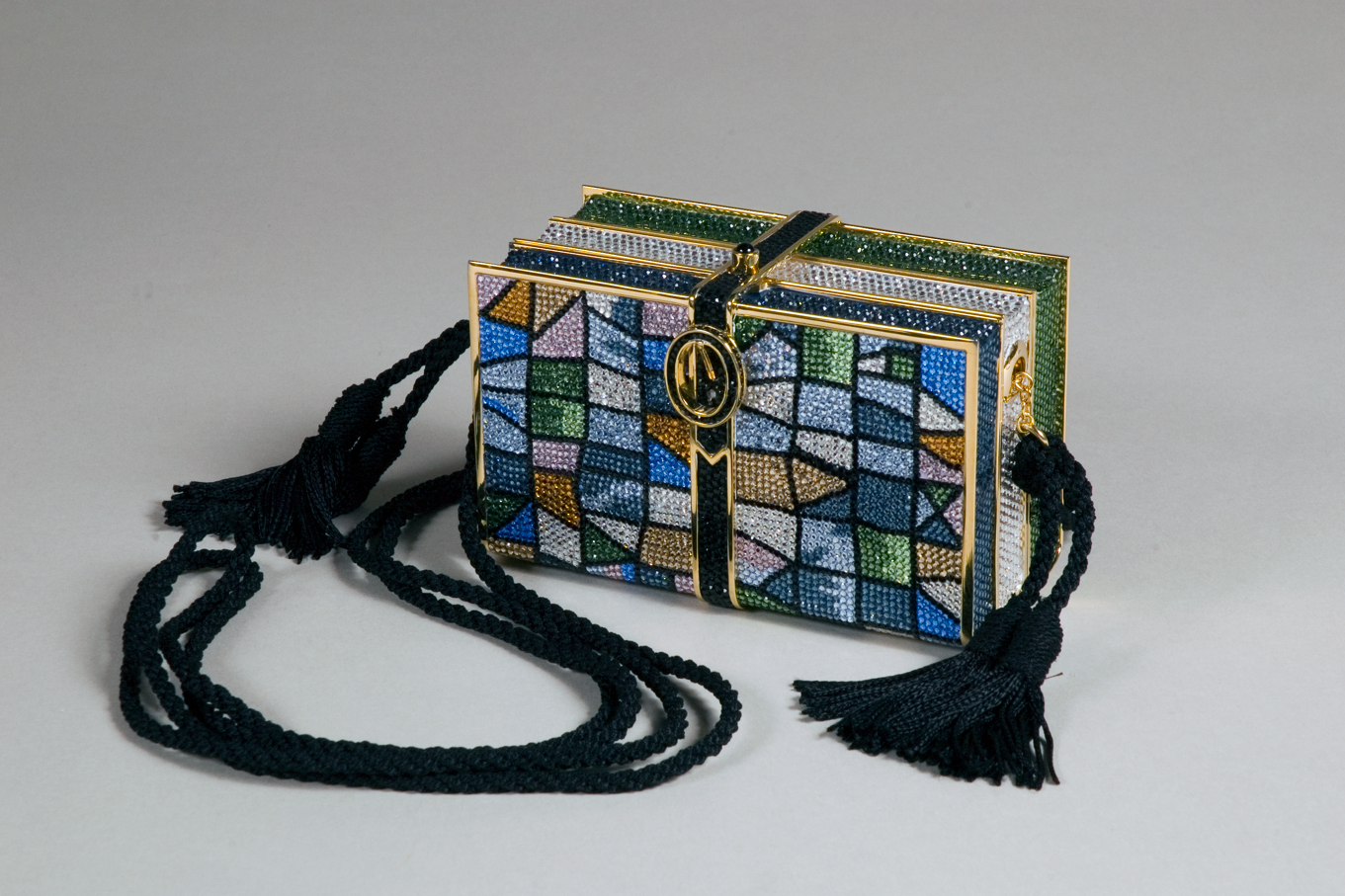
Judith Leiber and Art Nouveau
Jul 12, 2024 – Jul 13, 2025
Judith Leiber created exquisitely designed couture women’s accessories that blur the boundaries between function and art. Most known for her semiprecious adorned minaudières or compact occasion cases, her creations also include day bags, belts, and pillboxes.
Recognized for both her originality in design and impeccable handcrafted quality, Leiber imported materials for her bags from Europe and then constructed them in the United States. Beautifully detailed both inside and out, each tiny minaudière took months to hand fabricate with special attention paid to construction including the interior details and hardware. A single bag can weigh between one to two pounds or sometimes more. Attached one by one with tweezers, the bag’s “skin” is bedazzled with thousands of semiprecious stones and crystals such as garnets, carnelian, rose quartz, amethyst, and more.
Art Nouveau, or “new art,” is an international style of art and architecture that exploded in Paris at the turn of the 20th-century. While Leiber may not have been creating bags with Art Nouveau in mind, her opulent designs complement works of the flamboyant art movement. Judith Leiber and Art Nouveau was curated by the Taubman Museum of Art’s Community Engagement Department, taking inspiration from rhythmic lines, floral imagery, and elegant patterns that are characteristic of the Art Nouveau style.
Judith Leiber (1921–2018) was born Judith Peto and was raised in an upper-middle-class Jewish family in Budapest, Hungary. Interested in handbag design, Judith Peto began work as an apprentice at Pessel, the finest handbag company in Budapest, and it was a decision that sparked a lifelong career in couture bag design. Judith immigrated to the United States after her marriage to Gerson Leiber in 1946. Disappointed with the quality of handbag fabrication in the fashion houses of New York City and with the encouragement of her husband, Leiber opened her own company, Judith Leiber Inc., in 1963. Between 1963 and when she sold the company to Time Products in 1993, Leiber had designed and fabricated nearly 4,000 bags. Although Leiber was no longer designing with the company after 1997, it continues to produce couture bags under her name today.
Considered one of the largest repositories of Judith Leiber bags in the United States, the Taubman Museum of Art’s permanent collection comprises more than 130 pieces gifted by regional donors Rosalie K. and Sydney Shaftman, for whom the gallery is named. This gallery in the Museum is dedicated to the permanent display of this collection and is frequently rotated to showcase the limitless range of Leiber’s artistic legacy.
SELECTED WORKS

Judith Peto Leiber (1921-2018), Tiffany Stained Glass-Inspired Book Bag Handbag, 1991, multicolored Swarovski crystals, onyx, passementerie handle, Taubman Museum of Art; Gift of Rosalie K. and Sydney Shaftman, 2008.062
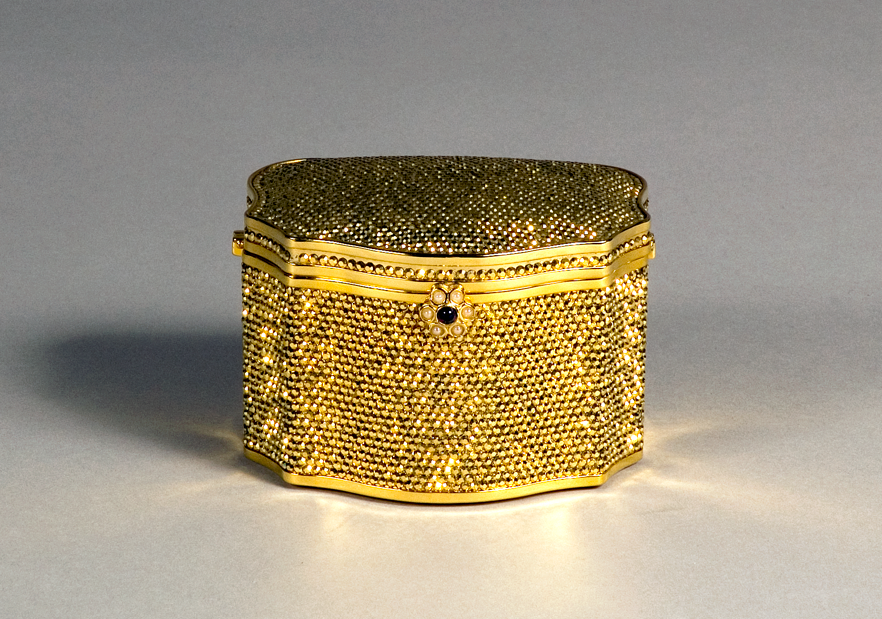
Judith Peto Leiber (1921-2018), Plain Sweetmeat Box Handbag, 1991, Swarovski crystals, gold plate, garnet, pearl, Taubman Museum of Art; Gift of Rosalie K. and Sydney Shaftman, 2008.045
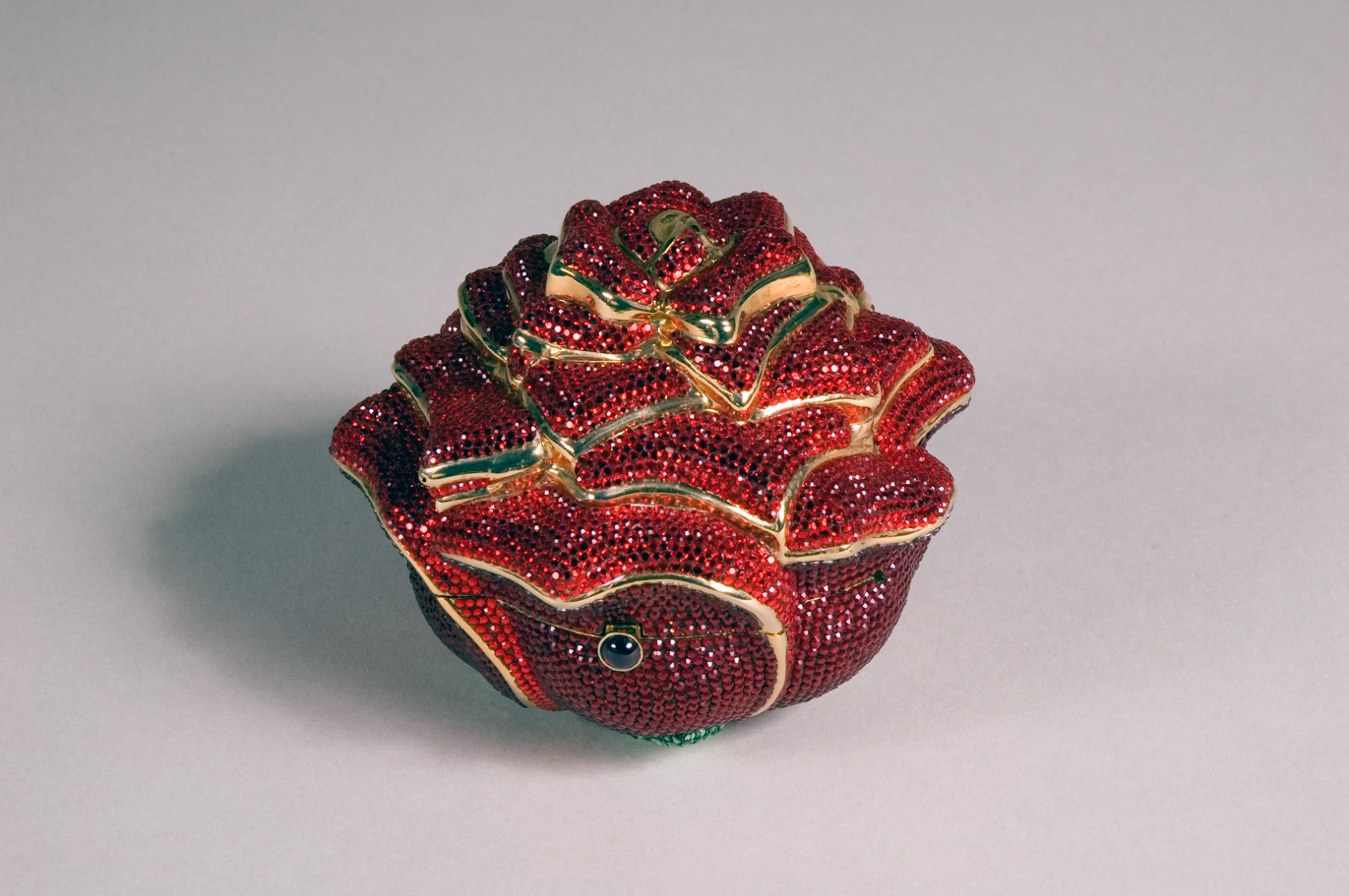
Judith Peto Leiber (1921-2018), Rose Box Handbag, 1994, multicolored Swarovski crystals, gold plate, Taubman Museum of Art; Gift of Rosalie K. and Sydney Shaftman, 2008.028
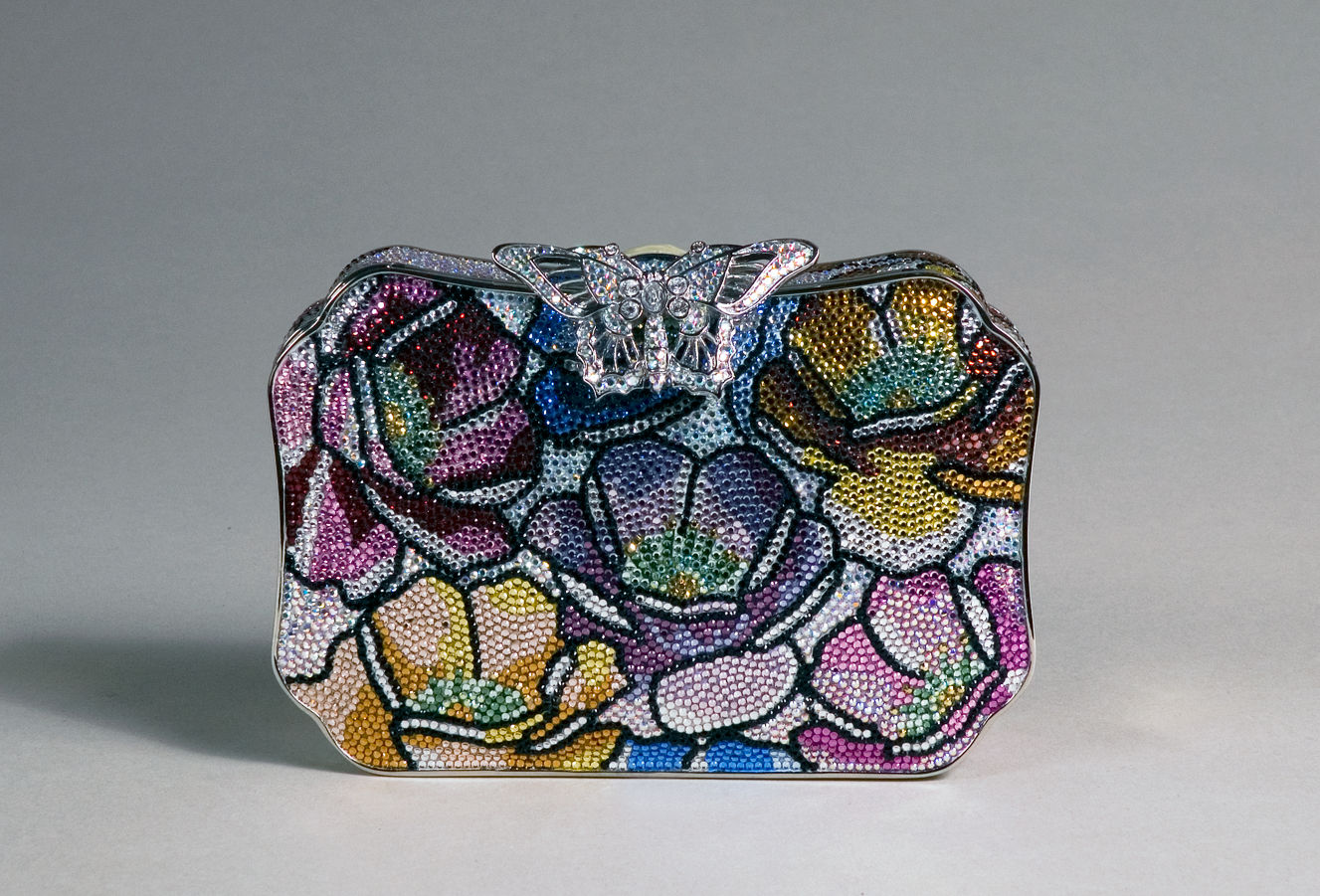
Judith Peto Leiber (1921-2018), Floral Clutch with Butterfly Clasp, n.d., Swarovski crystals on metal, Taubman Museum of Art; Gift of Rosalie K. and Sydney Shaftman, 2008.089
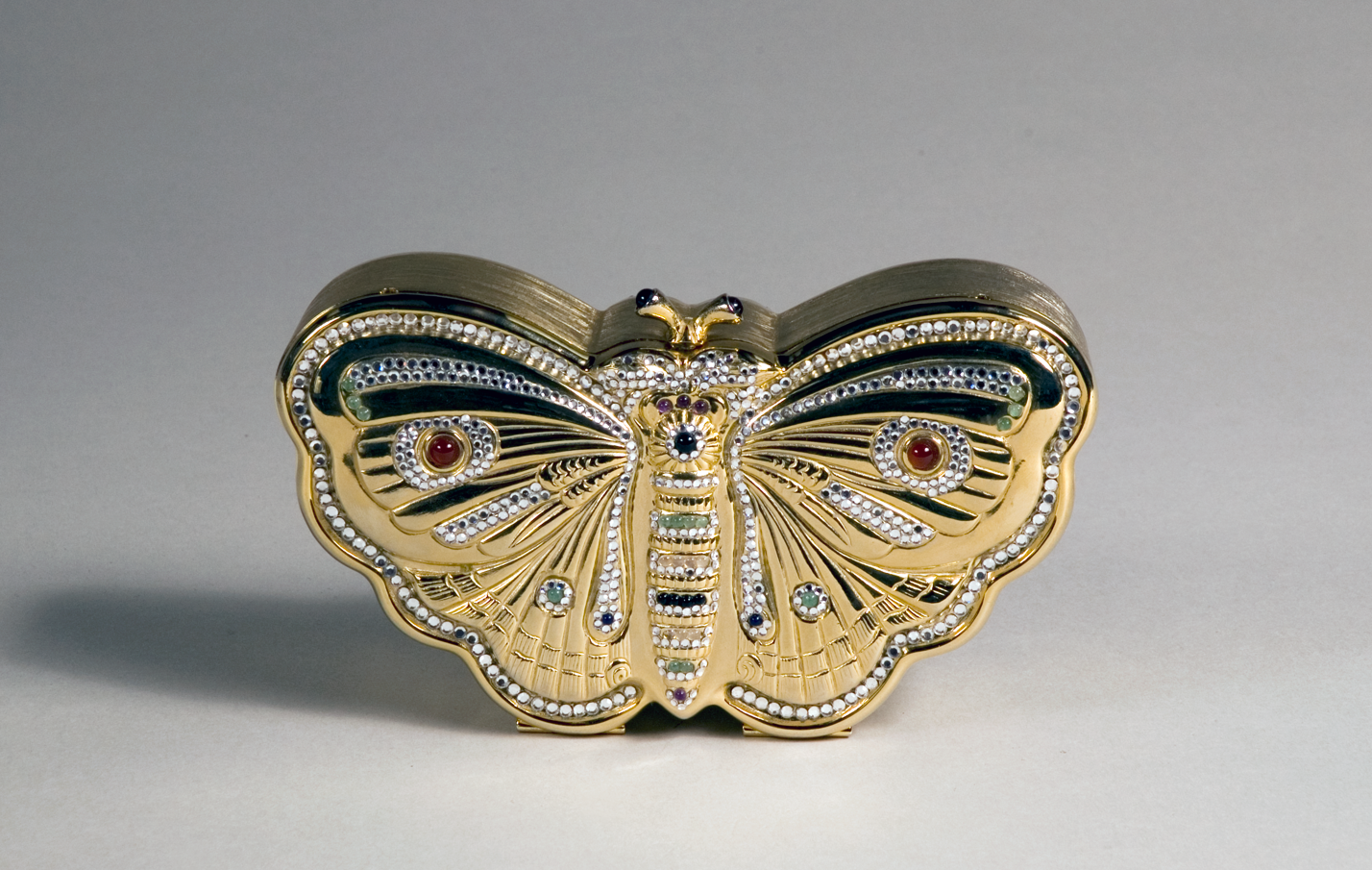
Judith Peto Leiber (1921-2018), Butterfly Box Handbag, 1986, gold plate, Swarovski crystals, semiprecious stones, Taubman Museum of Art; Gift of Rosalie K. and Sydney Shaftman, 2008.060

Judith Peto Leiber (1921-2018), Flowered Rabbit Minaudière, n.d., Gold, mutlicolored Swarovsky crystals, Taubman Museum of Art; Gift of Rosalie K. and Sydney Shaftman, 2008.075
KEEP EXPLORING
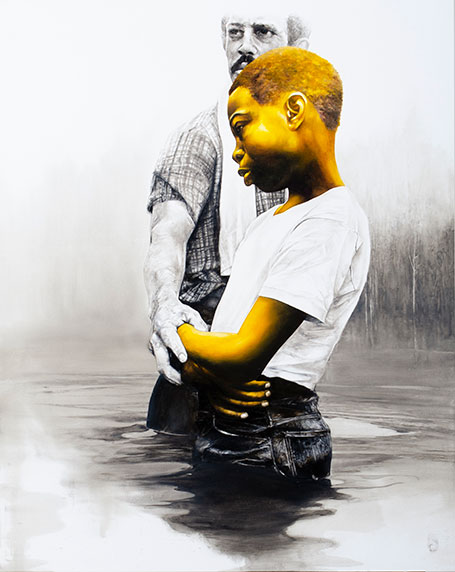
Memories & Inspiration: The Kerry and C. Betty Davis Collection of African American Art
View Exhibit